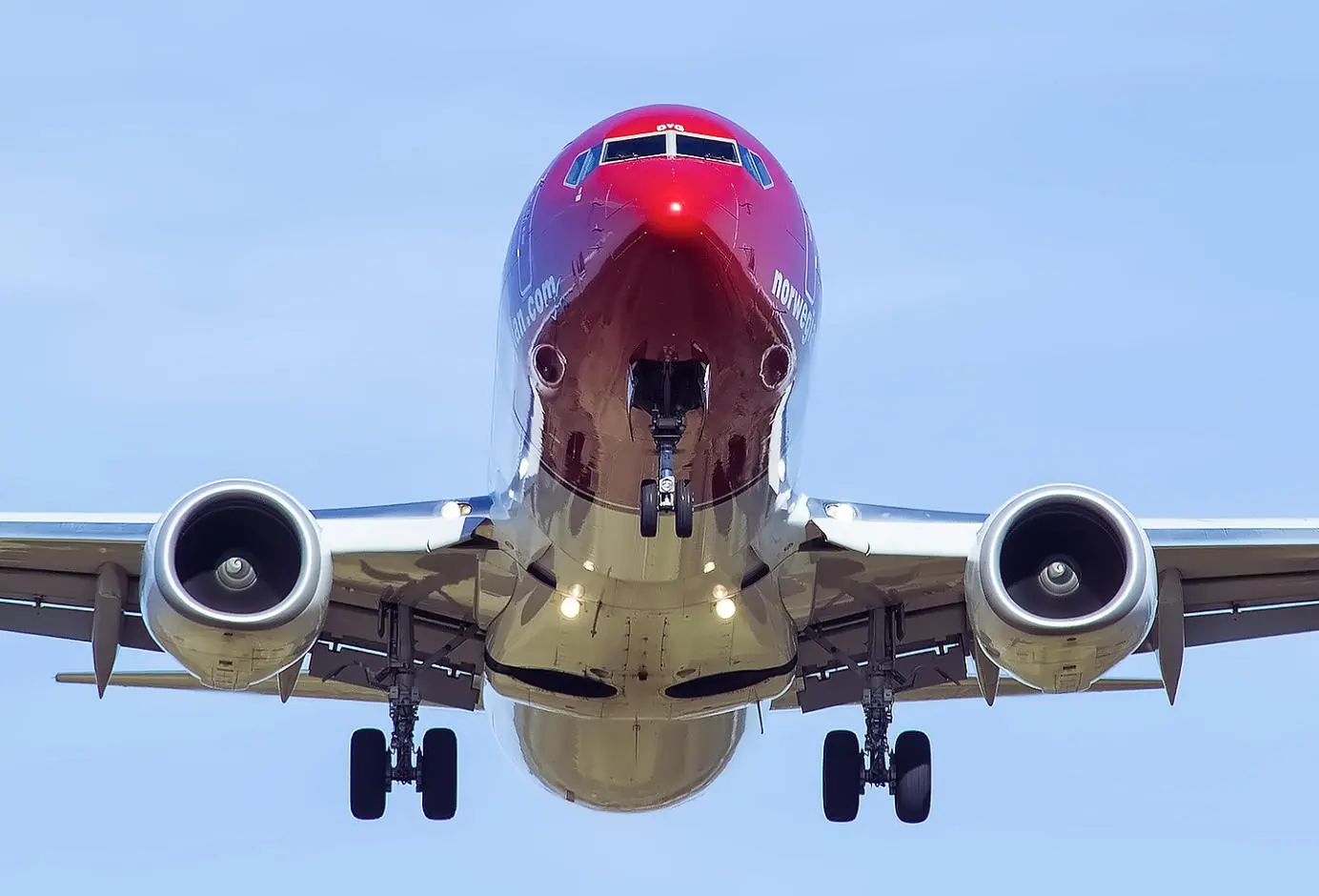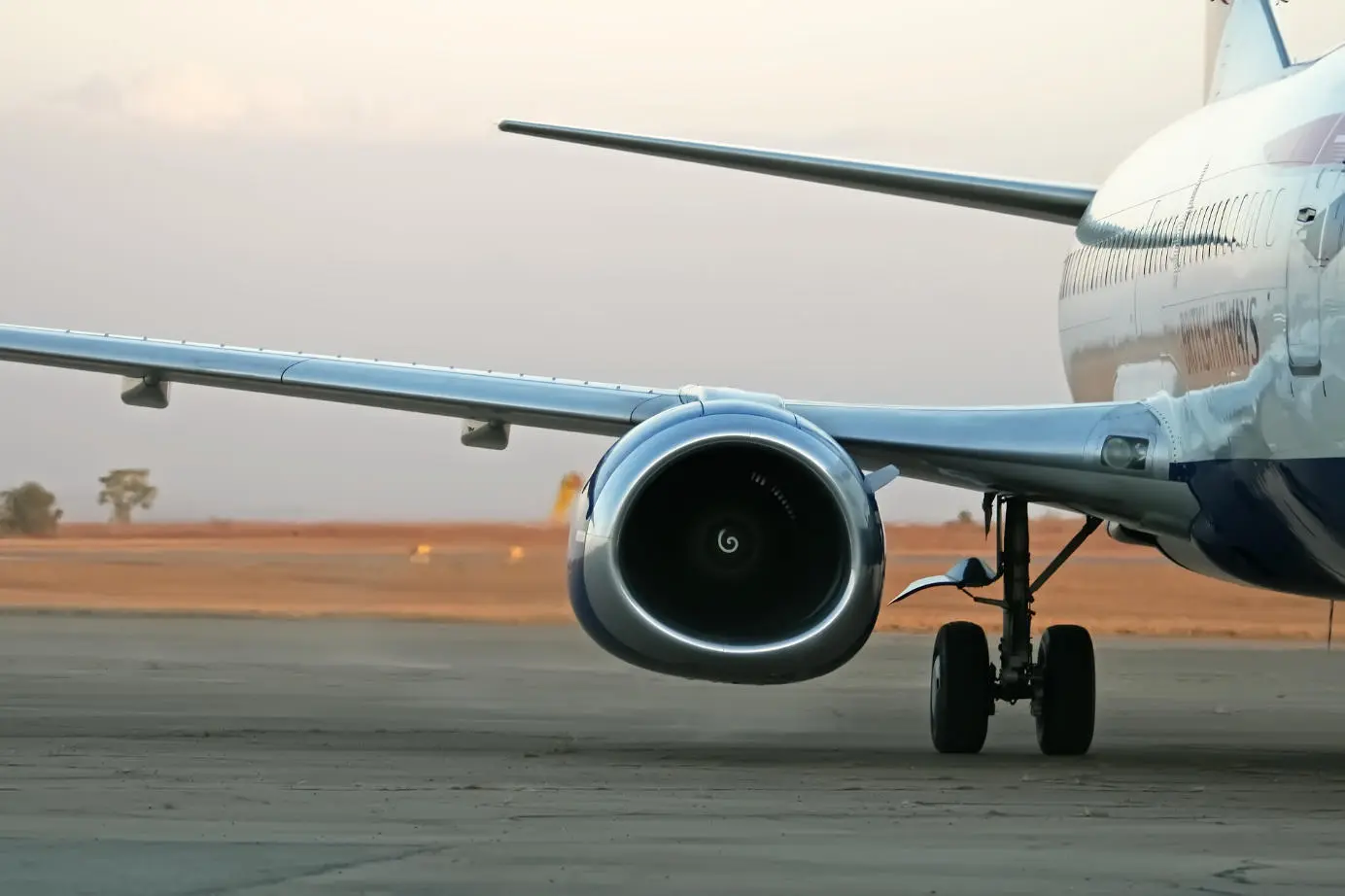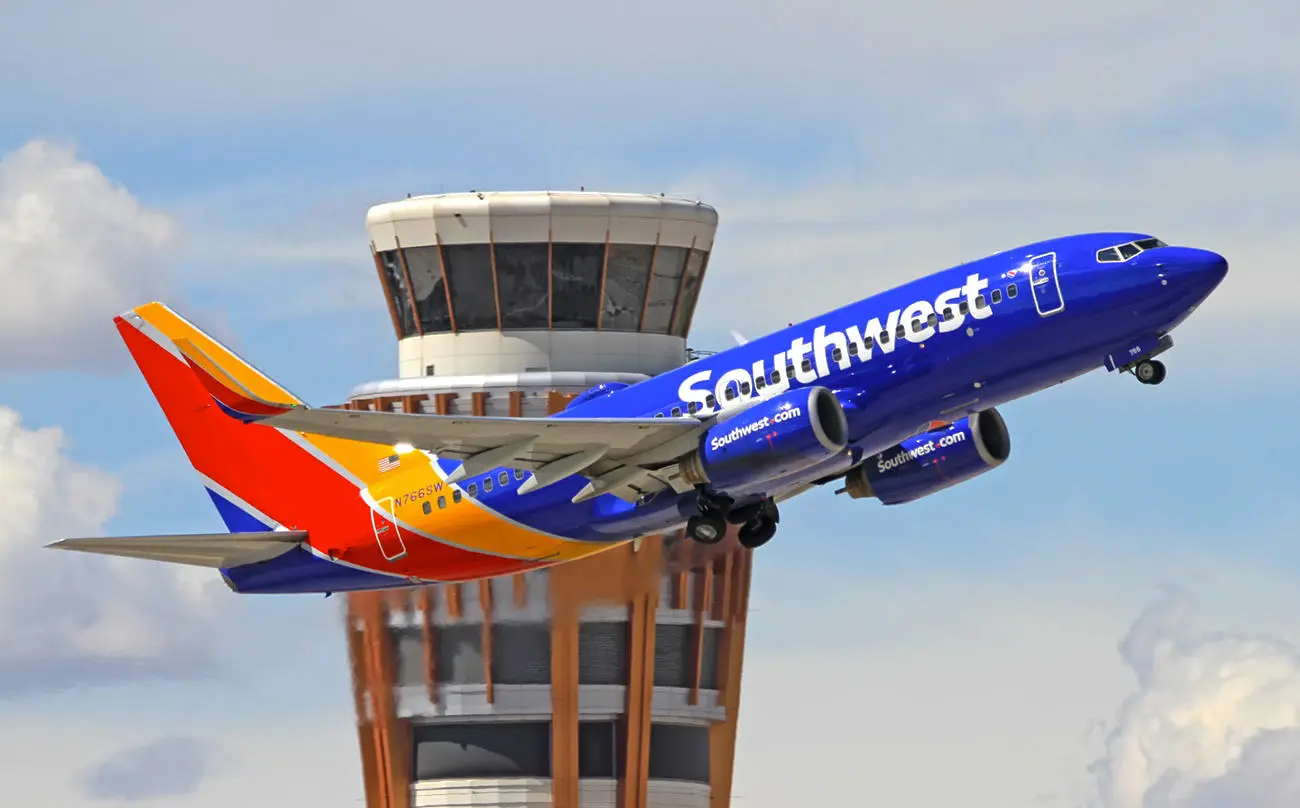
Can a Boeing 737 Fly on One Engine?
The Boeing 737 has two cutting-edge jet engines and is one of the most popular airplanes sold worldwide. Can the Boeing 737 fly with just one engine?
Table of Contents
The Boeing 737 is one of the most famous aircraft of all time, and although it has proven its worth since its introduction in the 1960s, accidents can still happen.
One of the more serious incidents that can happen on an airplane is engine failure. A small jet like the Boeing 737 is no exception. An engine failure on a Boeing 737 is not something you as a passenger or pilot want to experience, but is there a reason to be particularly concerned? Not at all.
A Boeing 737 can fly just fine with only one engine running. In fact, it can take off with just one engine. An engine failure on a Boeing 737 is generally not catastrophic, and the pilots and Boeing have prepared well for such an event.
Can the Boeing 737 Fly With One Engine?
A Boeing 737 can fly normally on a single engine to some extent and can also land safely. Should one of the 737's two engines fail while the plane is in the air, the pilots and cabin crew are trained to handle the situation so that the aircraft can land safely.
Engine failure in a 737 typically does not pose a serious flight safety problem. It is not ideal, however, because losing an engine on a Boeing 737 is still an extraordinary event requiring specific safety procedures that pilots should not take lightly.
Should one of the 737's engines fail, there are specific procedures that the pilots are thoroughly trained to follow. The procedures vary slightly depending on the particular situation and the reason behind the engine failure. Some of the procedures ask the pilots to attempt an engine restart, which is sometimes possible.
Although 737 pilots train very thoroughly in handling an engine failure, most pilots will only experience it in the simulator. The probability of an engine failure in a Boeing 737 is minimal, and the 737's jet engines are regularly inspected and comprehensively maintained. According to the Federal Aviation Administration (FAA), jet engines generally have one failure per 375,000 flight hours. This corresponds to a Boeing 737 flying for over 15,000 days before the aircraft's engines will fail. 15,000 days equals more than 41 years - This is longer than an aircraft typically stays in service before it is scrapped. The advanced and powerful General Electric GE90 engines that power the Boeing 777 go even further: One engine failure per million flight hours.

However, there are still consequences if a Boeing 737 experiences engine failure. After all, an engine failure means 50% less propulsion, which can be felt on the plane. This affects, for example, the aircraft's ability to achieve altitude, as a single engine must now handle the work of two. It may also be more difficult for the pilots to keep the aircraft steady and level, as the failed engine introduces significant drag. Therefore, the plane would be more challenging to land, but as mentioned above, the pilots are very well trained for this.
How Long Can a 737 Fly on One Engine?
If a Boeing 737 suddenly loses an engine, then a specific aviation concept becomes relevant. You may have heard of ETOPS or Extended-range Twin-engine Operational Performance Standards. All twinjet airliners are assigned an ETOPS rating.
ETOPS is a set of regulations and standards that an aircraft must comply with. ETOPS indicates the amount of time an aircraft is certified to fly from a suitable airport. The higher the ETOPS rating, the longer the time (and thus distance) the plane can be from a suitable airport.
A Boeing 737 Next Generation has an ETOPS rating of 180 minutes. In other words, a Boeing 737NG can operate at a maximum of 180 minutes from a suitable airport. A Boeing 737NG is therefore certified to fly 180 minutes if it were to lose an engine from a regulatory perspective. In practice, it would probably be able to fly longer if there were no other technical issues. Still, according to regulations, it is certified to fly 180 minutes with only one engine. The aircraft's weight, flight altitude, and several other factors also affect how long a Boeing 737 can fly with only one engine.
In comparison, a Boeing 787 Dreamliner has an ETOPS rating of 330 minutes, while an Airbus A350-900 has an even longer ETOPS rating of 370 minutes.
Can a 737 Take Off With One Engine?
A Boeing 737 can take off with just one engine. In fact, it is a regulatory requirement that commercial aircraft must be able to fly safely with only one engine, and this applies to all phases of flight, including takeoff.
However, with only a single engine operating, a Boeing 737 would likely have difficulty gaining enough speed to take off. If an engine fails, the pilots can interrupt the takeoff attempt and stop the aircraft before the end of the runway if the plane travels below the so-called V1 speed.
Only if the engine failure occurs after V1 speed will the aircraft have enough speed to take off. If the engine fails after V1, the pilots have to continue the takeoff and get the plane airborne, as the pilots cannot stop the aircraft before the end of the runway. It is safer to get the plane in the air, where the pilots can concentrate on getting an overview of the situation and try to correct the error. In the event of an engine failure, the pilots will turn around, return to the airport and make an emergency landing. The Boeing 737 has specific checklists for engine failures, and the pilots train intensively to handle such situations.
Has It Ever Happened Before?
Although it is incredibly rare for a Boeing 737's engine to fail, it has happened before.
In August 2016, Southwest Airlines Flight 3472, operated by a Boeing 737-700 aircraft, was en route from Louis Armstrong New Orleans International Airport to Orlando International Airport with 104 people on board.
At an altitude of 31,000 feet (9,449 m) and 12 minutes after takeoff, the 737's left engine failed. The failure heavily damaged most of the engine inlet, and fragments struck the wing and fuselage, causing a loss of cabin pressure.

The event badly damaged the aircraft, but the pilots were able to make an emergency descent to 10,000 feet (3,048 m), divert and land the plane at Pensacola International Airport. No one on board suffered any injuries.
Investigations showed that a fan blade in the 737's left engine detached due to a fatigue crack. After the separation, the detached fan blade hit the engine casing, and the blade fragmented on impact, destroying the engine inlet.
Final Thoughts
A Boeing 737 can fly perfectly fine with just one engine. If an engine fails on a 737, it does not in itself constitute a serious safety problem, and the pilots train extensively to cope with such situations. Fortunately, the probability that pilots will experience an engine failure in their careers is vanishingly small.
Despite the minimal risk, it has happened before. In 2016, the engine of a Southwest Airlines Boeing 737-700 failed. However, the well-trained pilots landed the plane safely, and fortunately, no one was hurt.
Planenerd Newsletter
Join the newsletter to receive the latest updates in your inbox.






